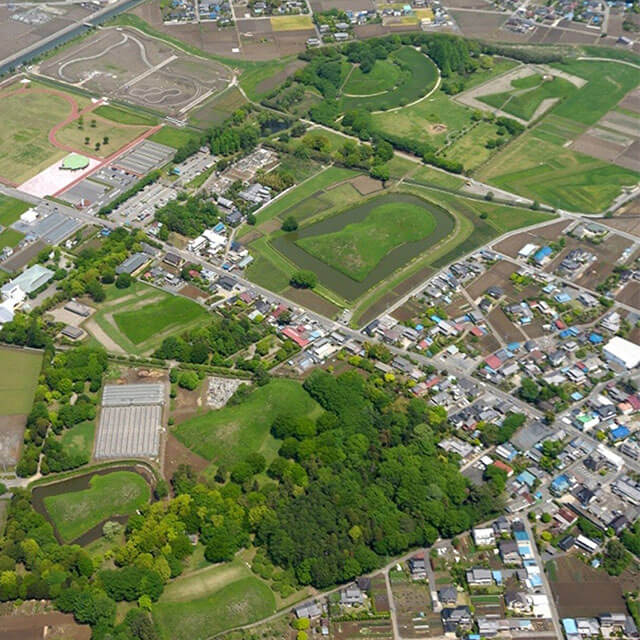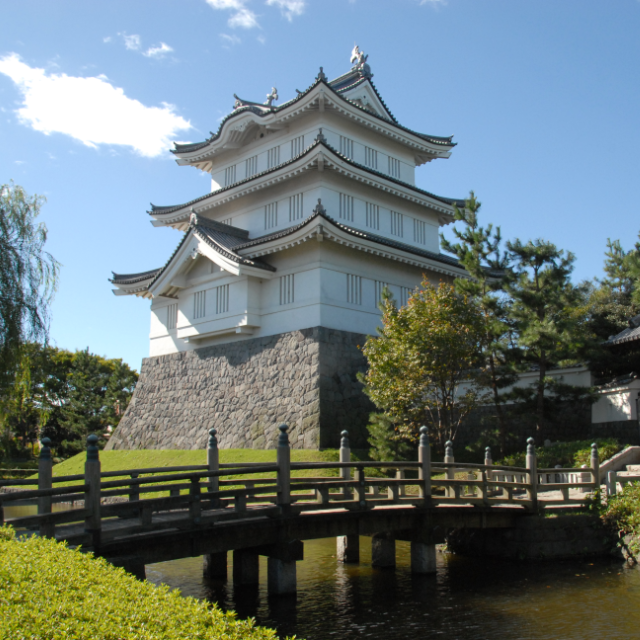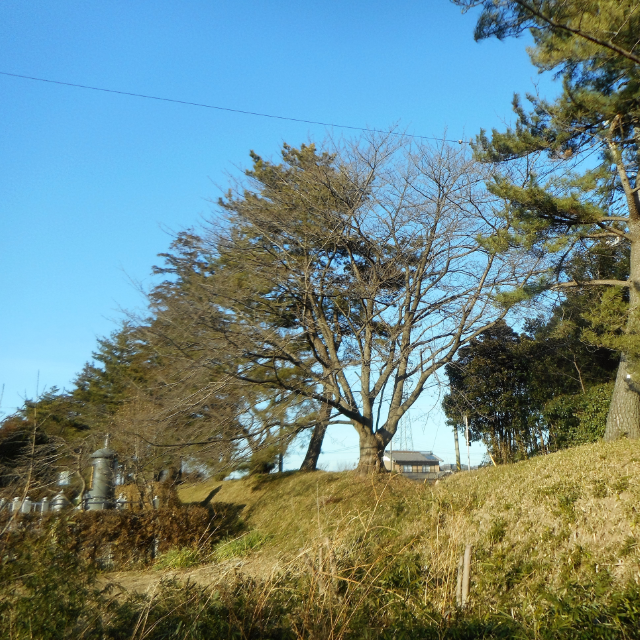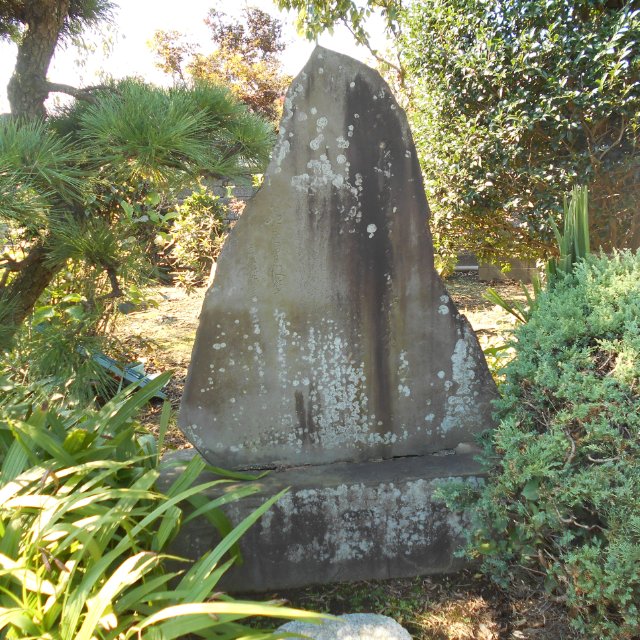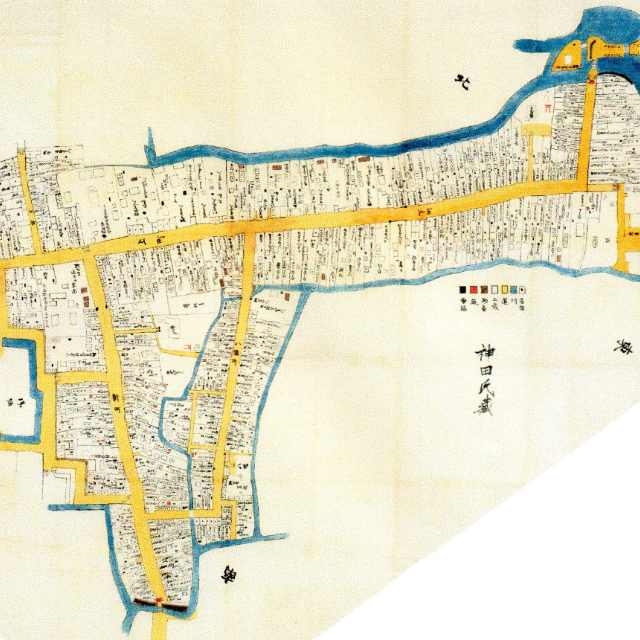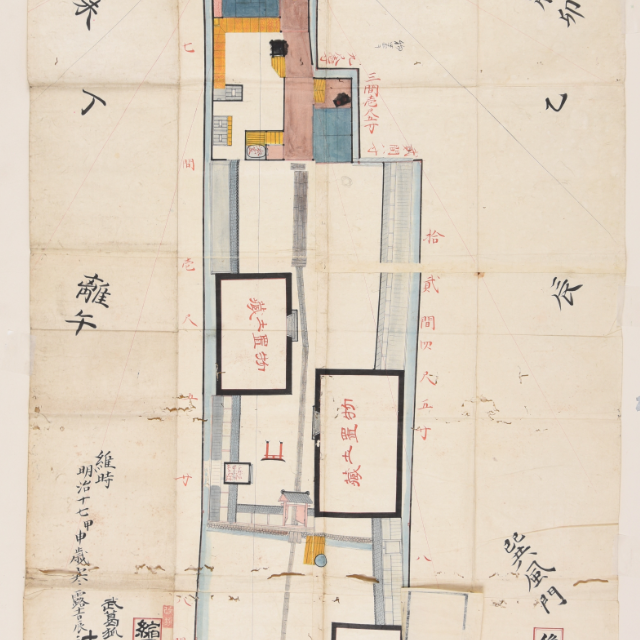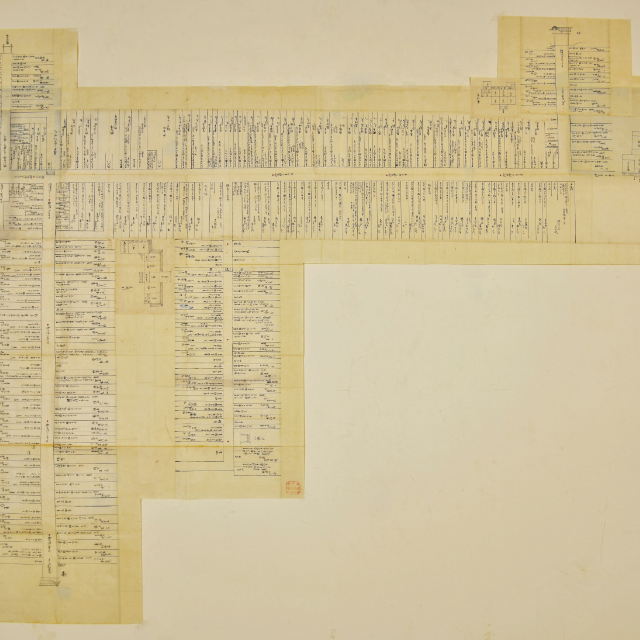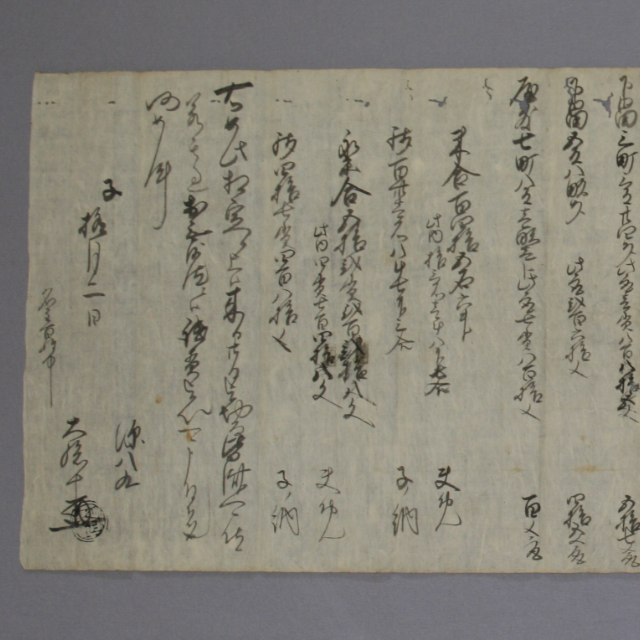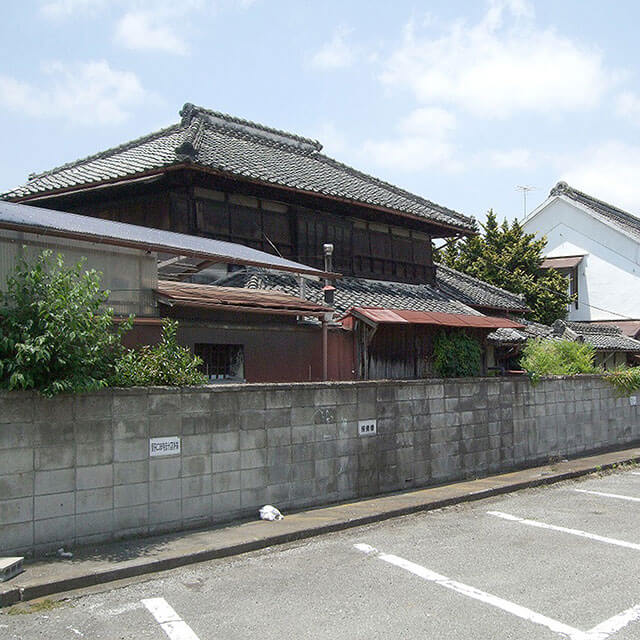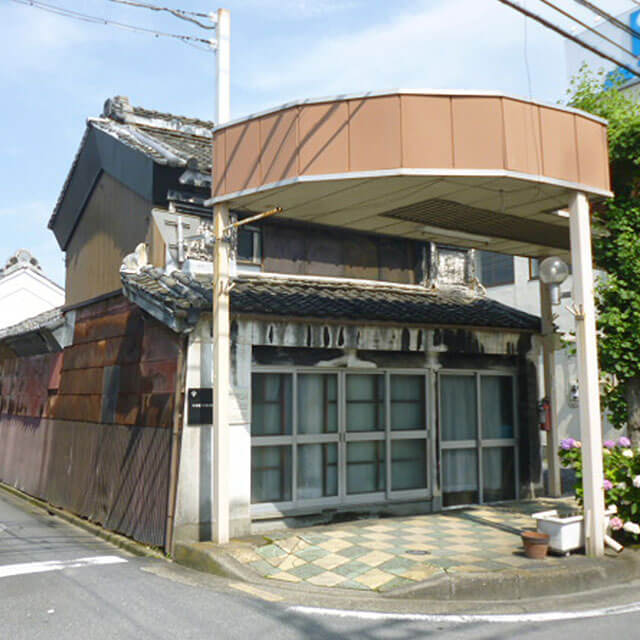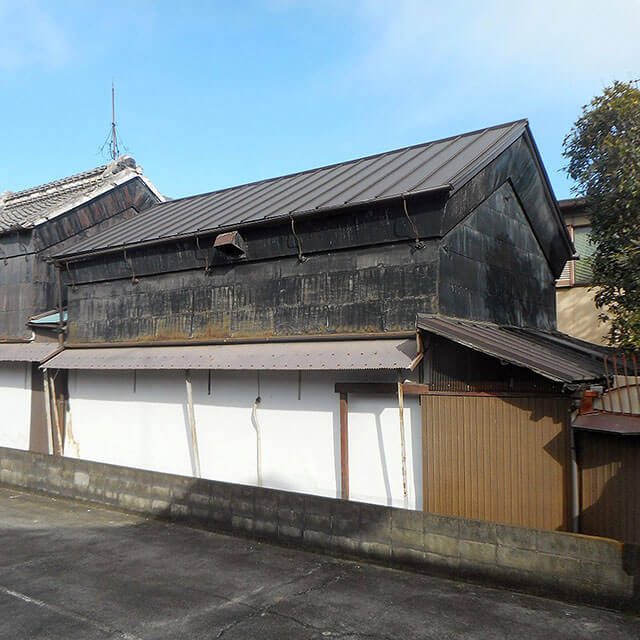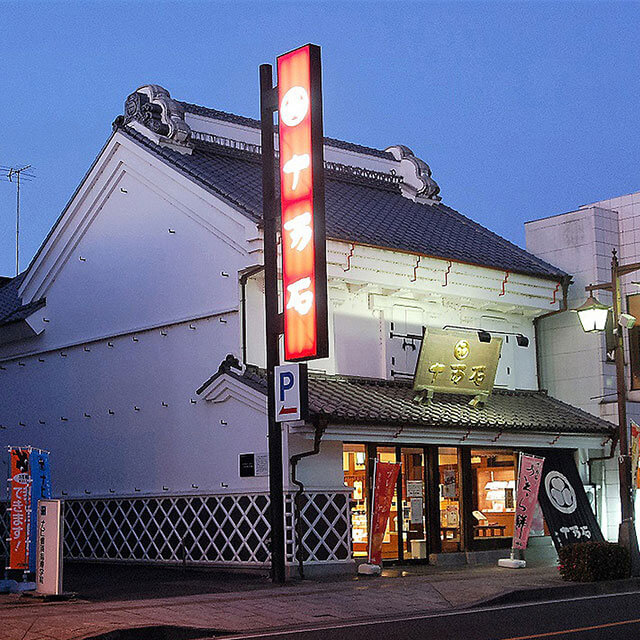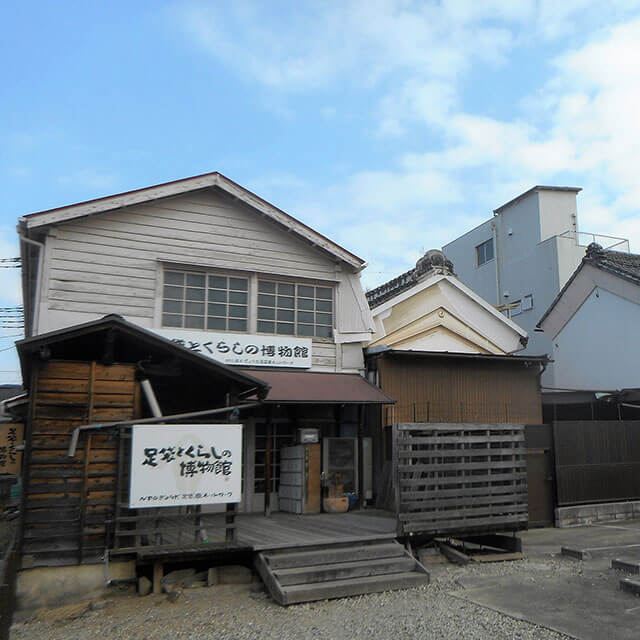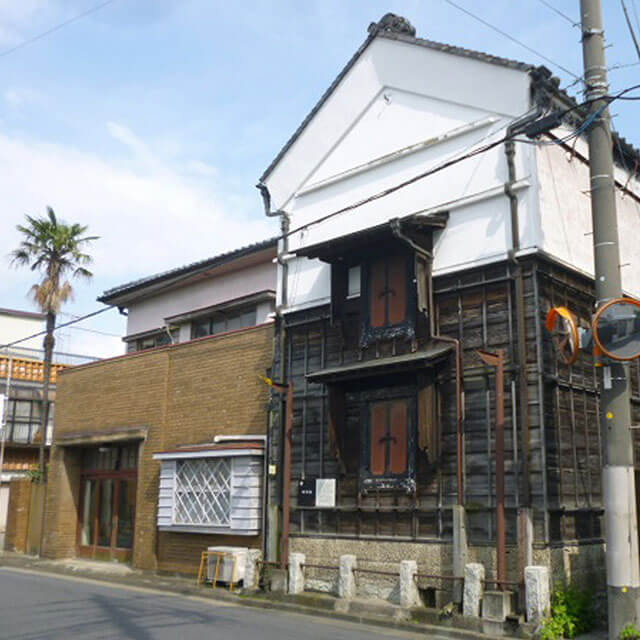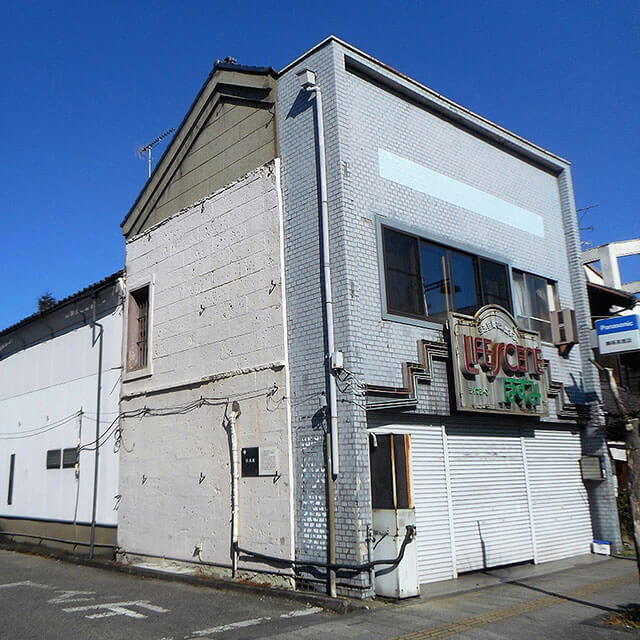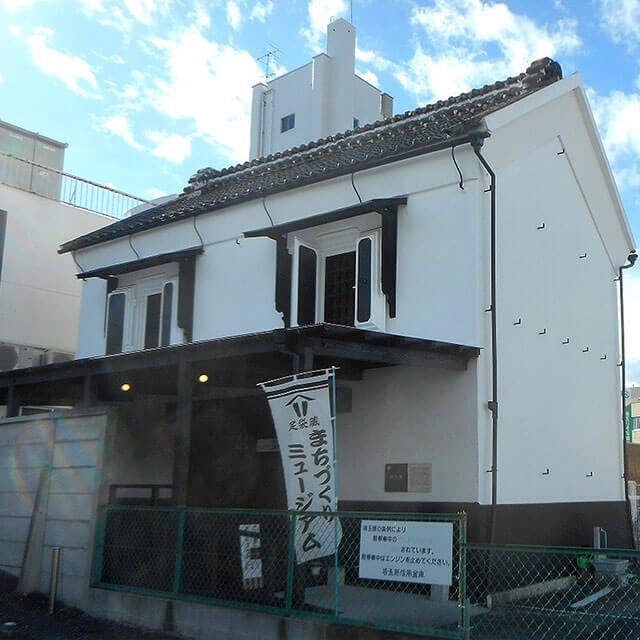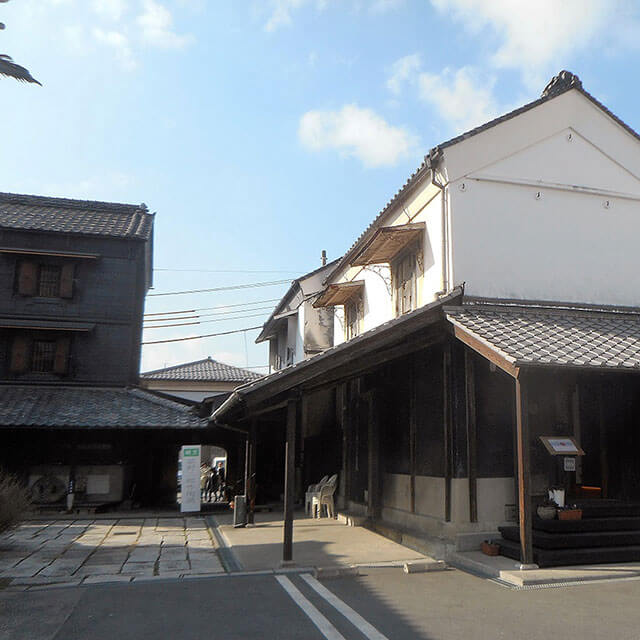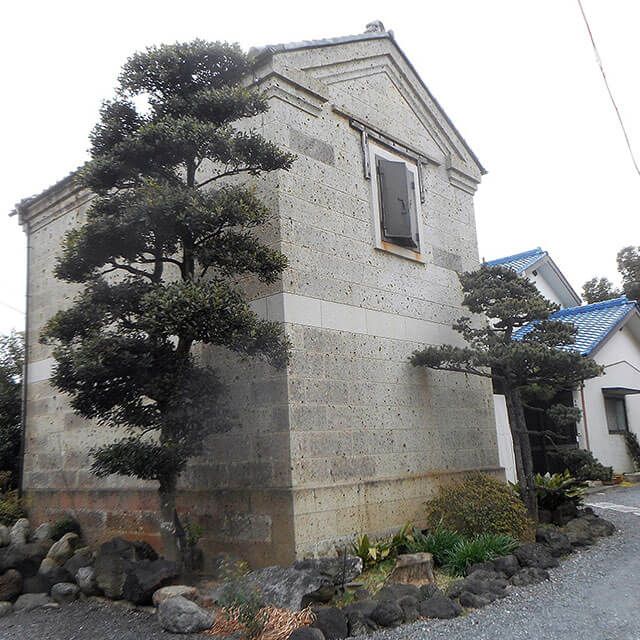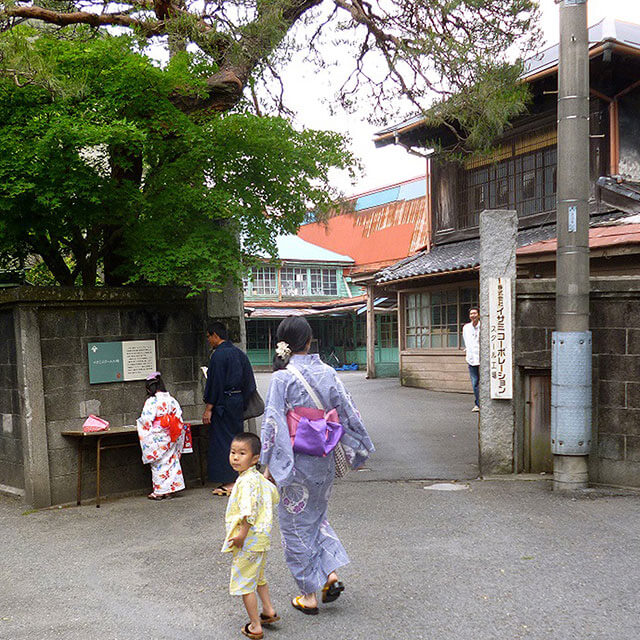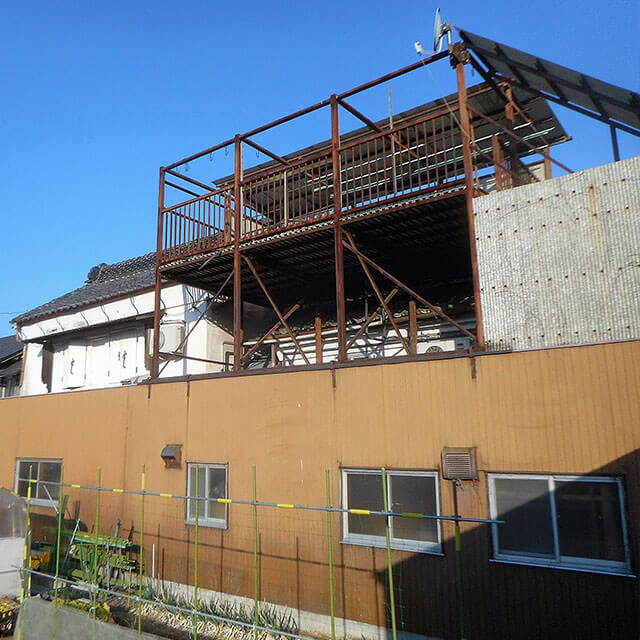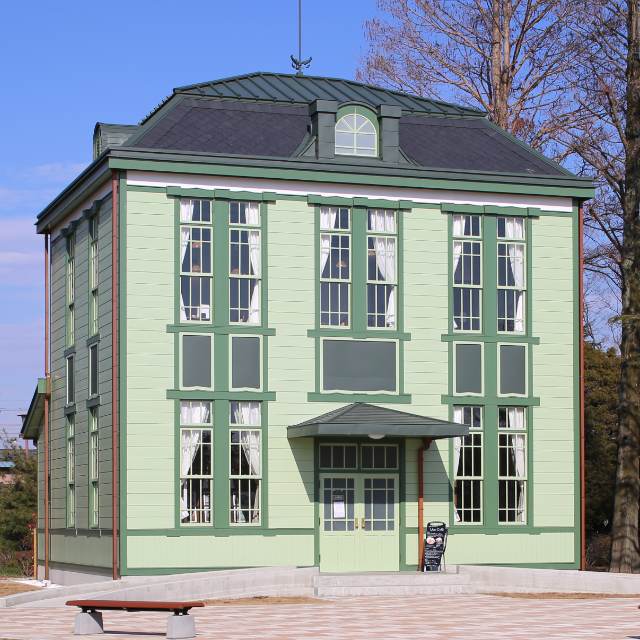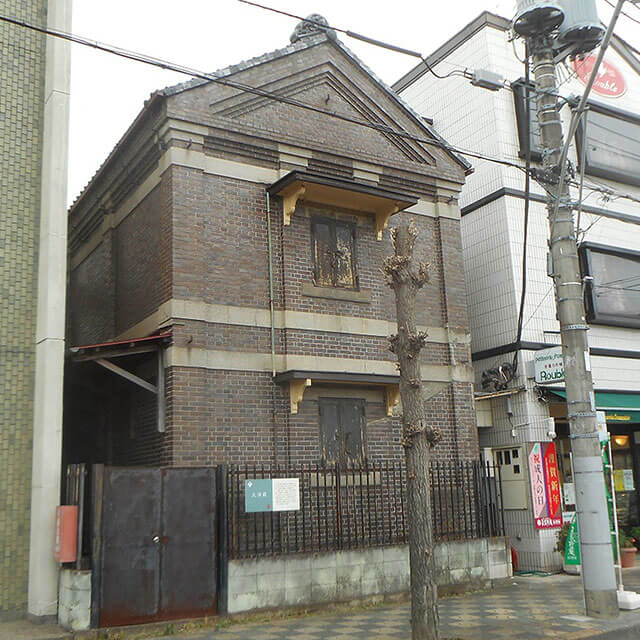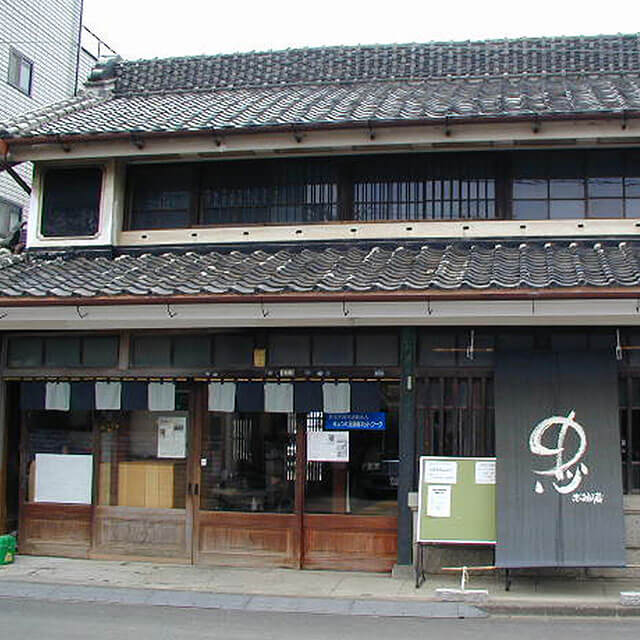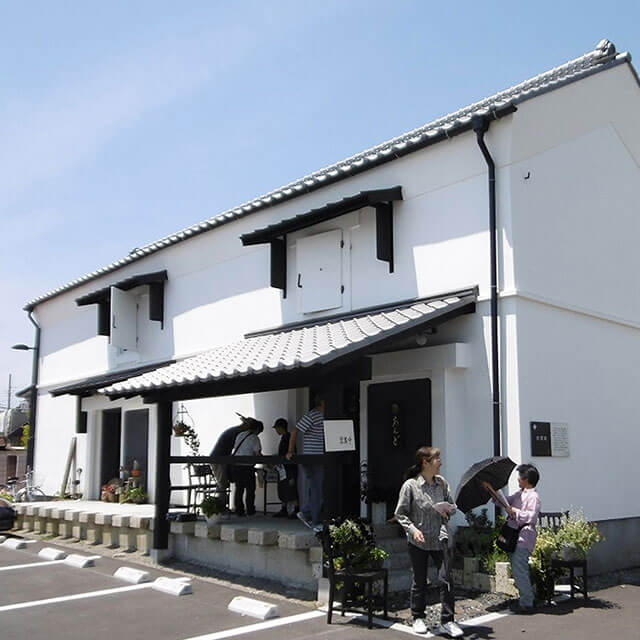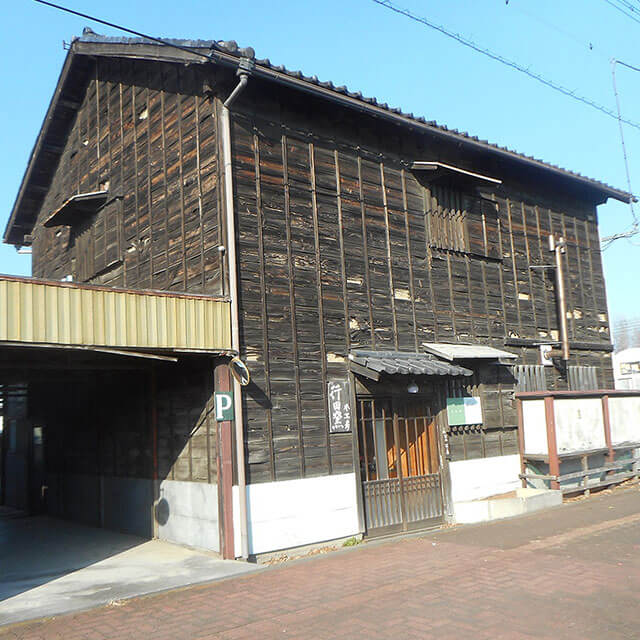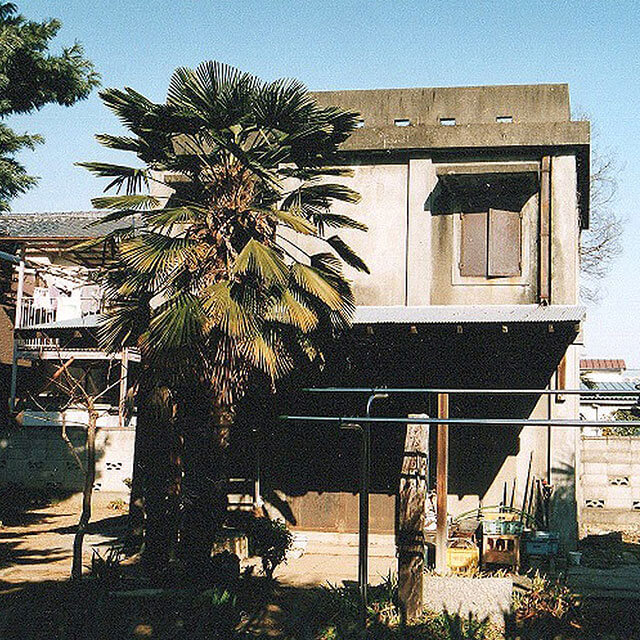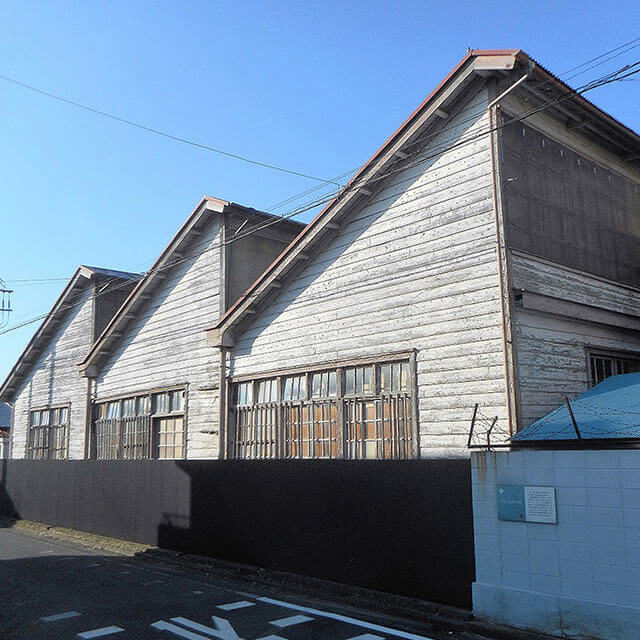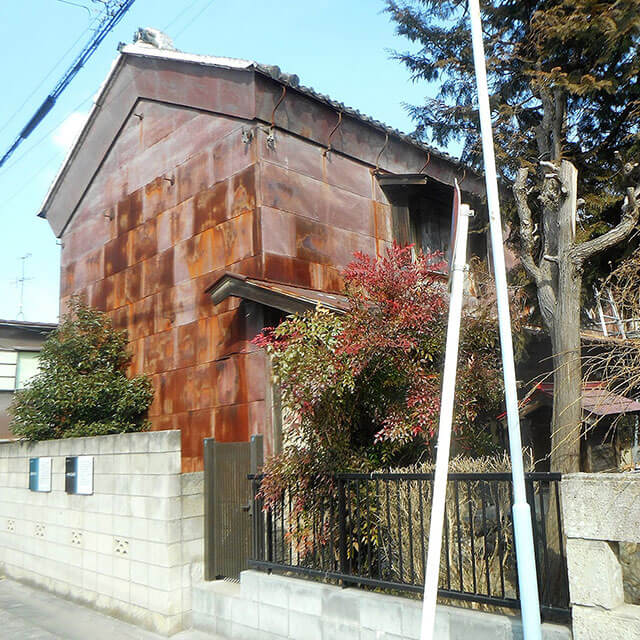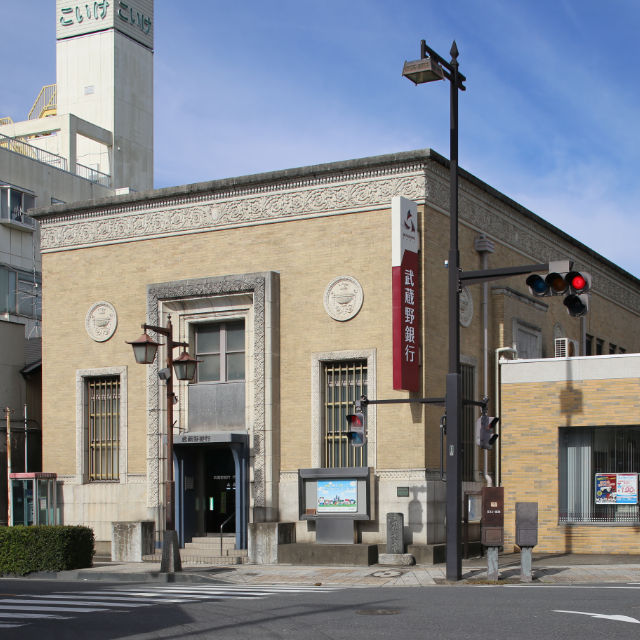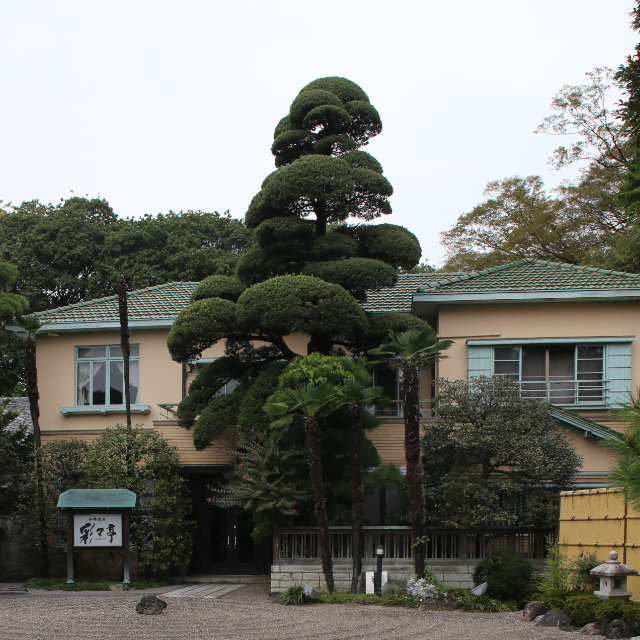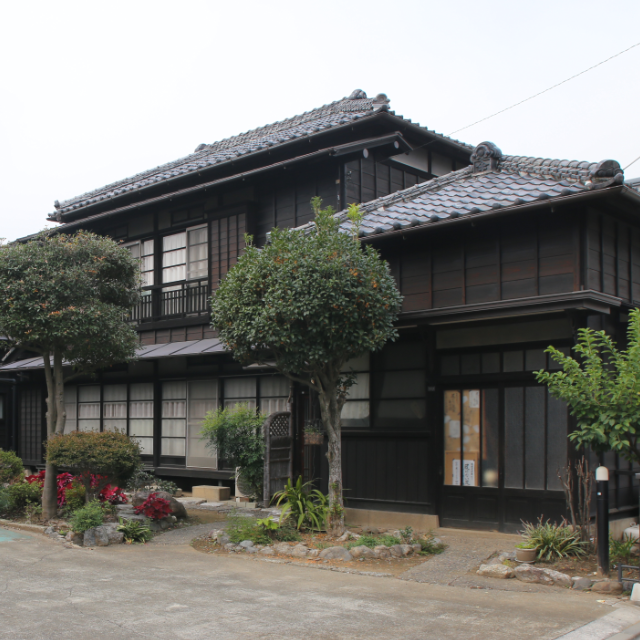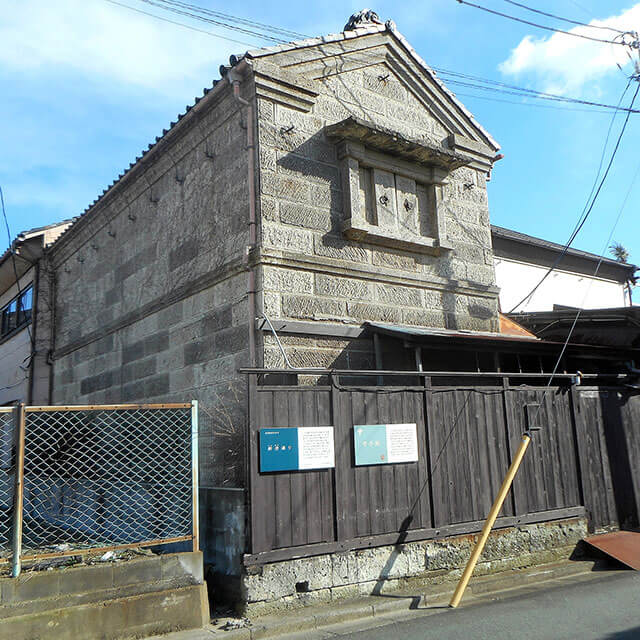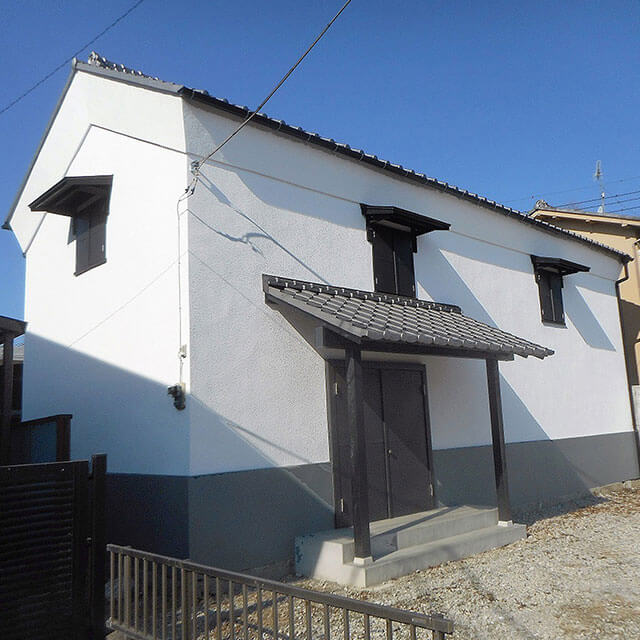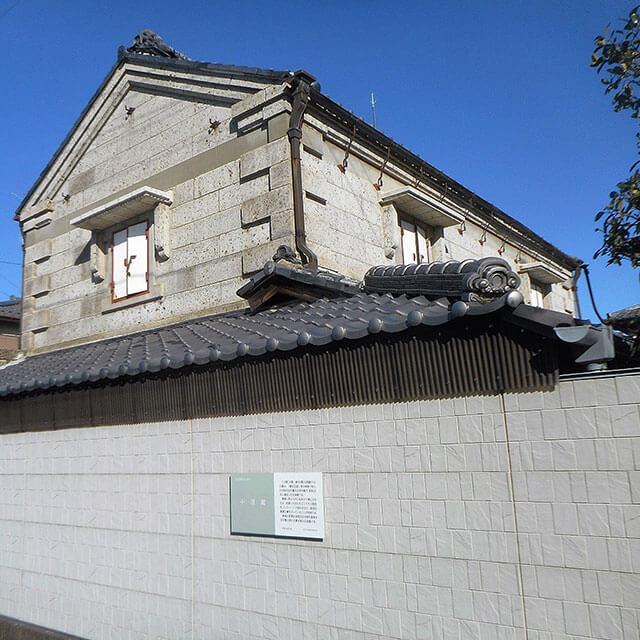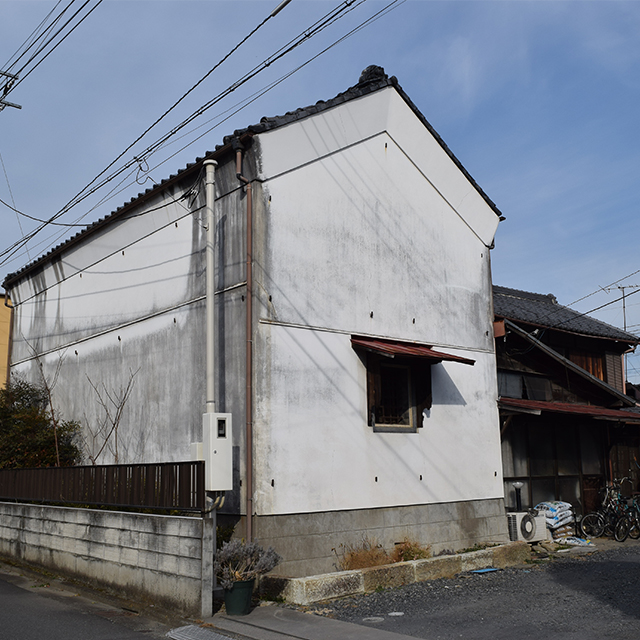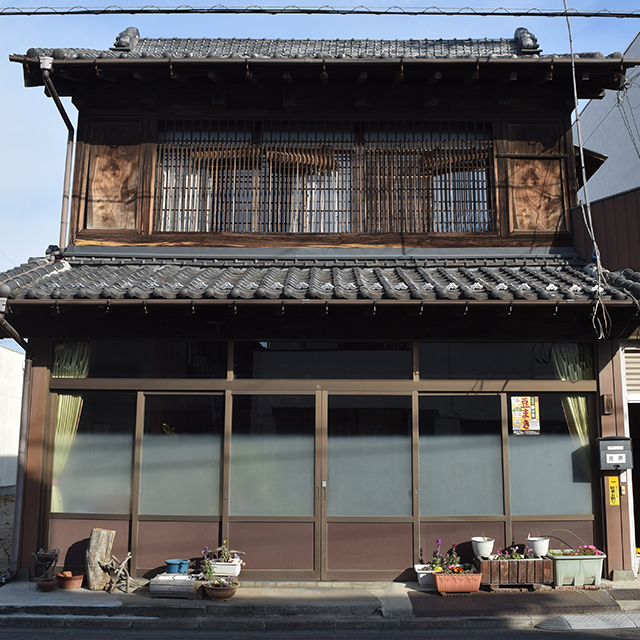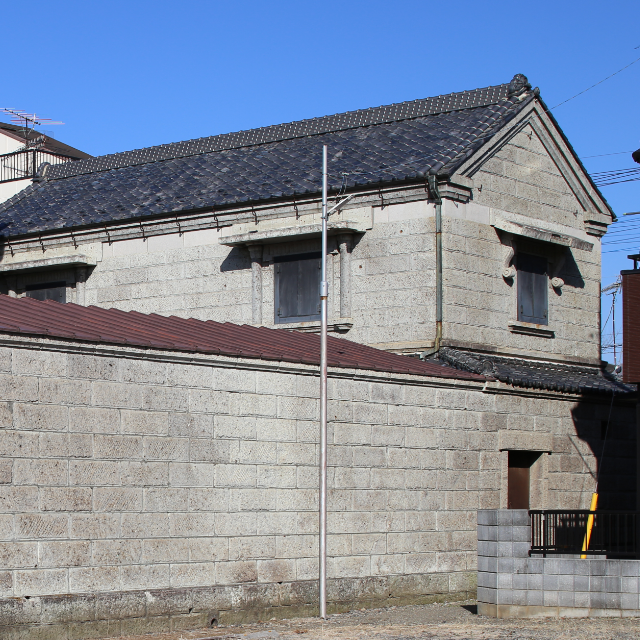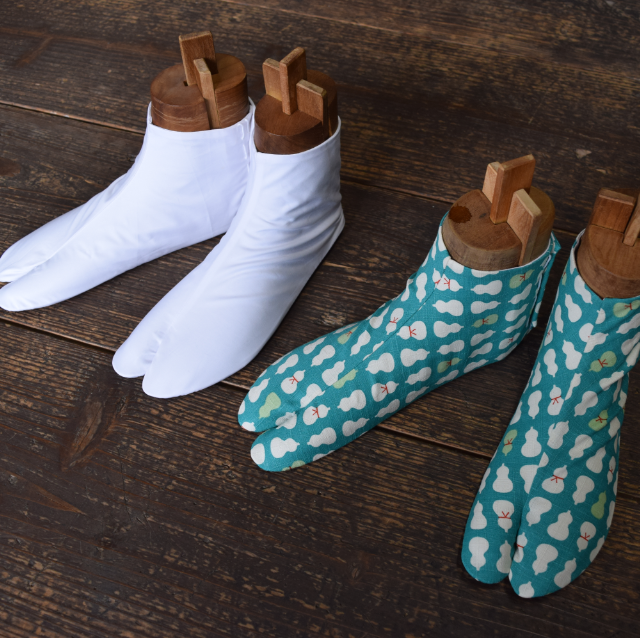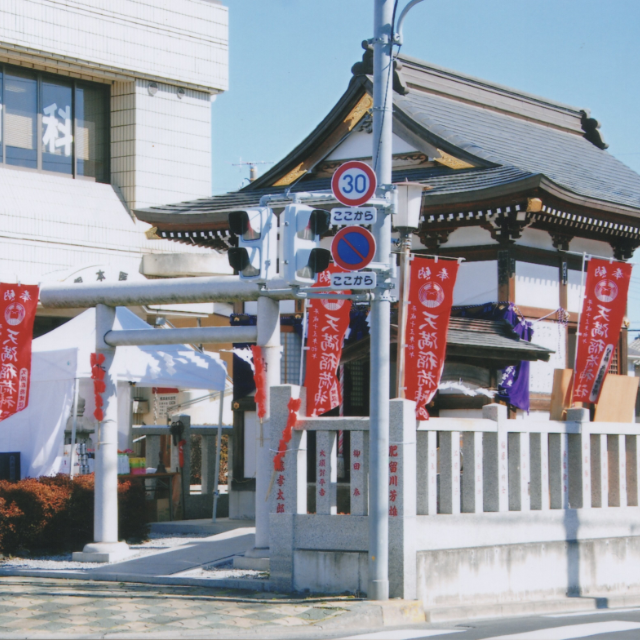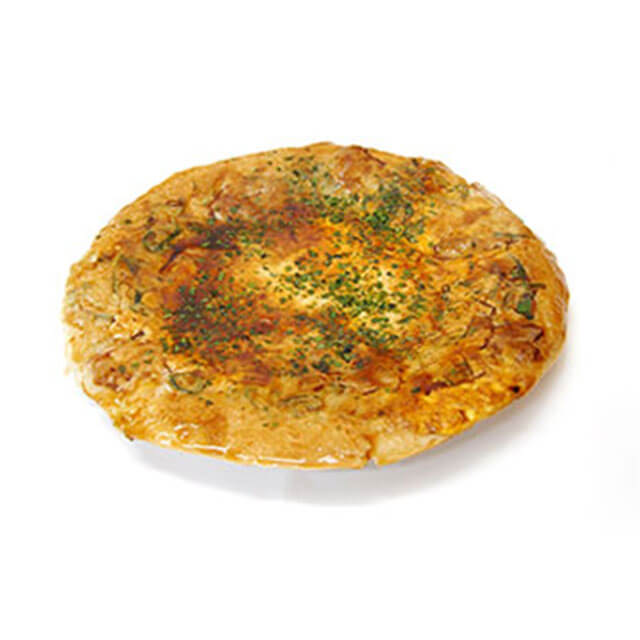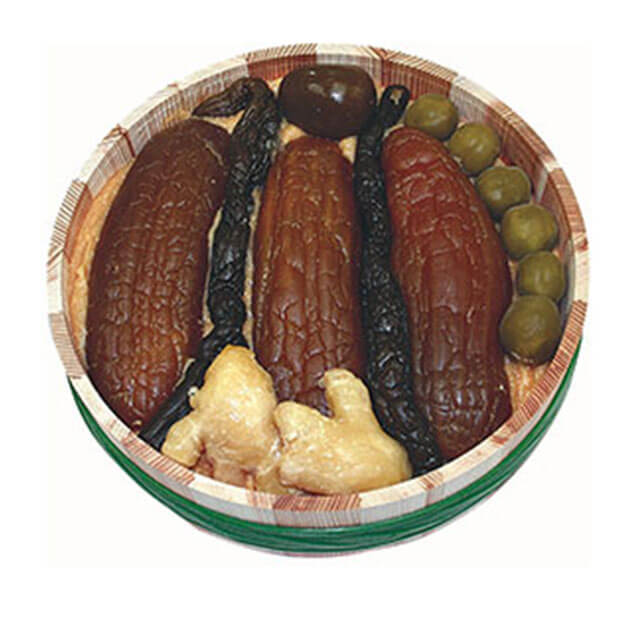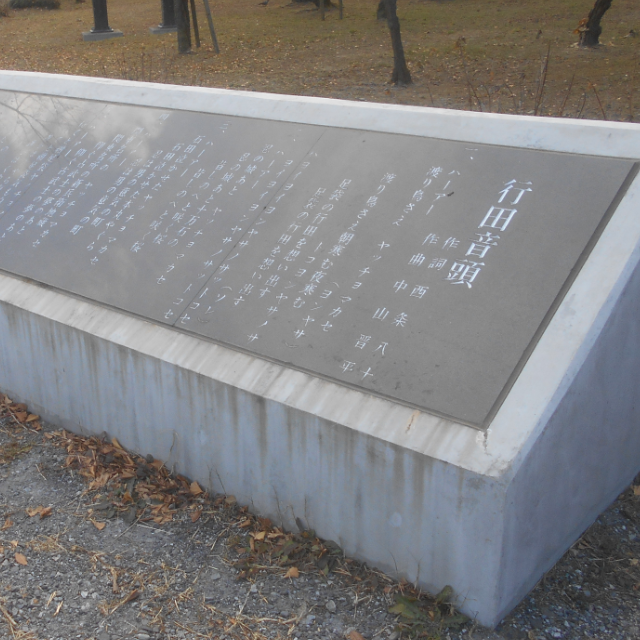Cultural properties that tell Gyoda City's story
 Sakitama Ancient Burial Mounds
Sakitama Ancient Burial MoundsSakitama Ancient Burial Mounds
【Historic Site Designated by the National Government】
 Ishida-zutsumi Levee
Ishida-zutsumi LeveeIshida-zutsumi Levee
【Historic Site Designated by the National Government】
 Takahashi’s Stone Tablet with Basho Haiku
Takahashi’s Stone Tablet with Basho HaikuTakahashi’s Stone Tablet with Basho Haiku
【Historic Site Designated by the National Government】
 Gyoda Town Map from The Kyoho Era
Gyoda Town Map from The Kyoho EraGyoda Town Map from The Kyoho Era in Edo period(1716-1736)
【Collection of Gyoda City Provincial Museum】
 Ancient Documents of Akiyama's
Ancient Documents of Akiyama'sAncient Documents of Akiyam's
【Private collection; Deposited with and stored by Gyoda City Provincial Museum】
 Gyoda Town Map from The Tenpoo Era
Gyoda Town Map from The Tenpoo EraGyoda Town Map from The Tenpoo Era in the Edo period (1830-1844)
【Collection of Gyoda City Provincial Museum】
 The Bill of Land Tax that Musashi Country Sakamaki Village Pay in 1612
The Bill of Land Tax that Musashi Country Sakamaki Village Pay in 1612The Bill of Land Tax that Musashi Country Sakamaki Village Pay in 1612
【Collection of Gyoda City Provincial Museum】
 Osawa Kyuemon's Residence and Warehouse
Osawa Kyuemon's Residence and WarehouseOsawa Kyuemon's Residence and Warehouse
【*Viewed from the outside only】
 Mori's Warehouse and Koaann Warehouse
Mori's Warehouse and Koaann WarehouseMori's Warehouse and Koaann Warehouse
【Tangible Cultural Property Designated by the City】
【*Viewed from the outside only】
 Makino Store・Museum of Tabi and Daily Lives
Makino Store・Museum of Tabi and Daily LivesMakino Store・Museum of Tabi and Daily Lives
【*Tabi and Living Museum is open on Saturdays and Sundays】
 Tokitagura Warehouse
Tokitagura WarehouseTokitagura Warehouse
【*Viewed from the outside only】
 Hozumigura Warehouse
Hozumigura WarehouseHozumigura Warehouse
【*Viewed from the outside only】
 Museum of Tabigura and Community Development
Museum of Tabigura and Community DevelopmentMuseum of Tabigura and Community Development
【※Open every day (10:00~16:00)】
 Kusaogura Warehouse
Kusaogura WarehouseKusaogura Warehouse
【*Viewed from the outside only】
 Isami Corporation School Uniform Factory
Isami Corporation School Uniform FactoryIsami Corporation School Uniform Factory
【*Viewed from the outside only】
 Tashirogura Warehouse
Tashirogura WarehouseTashirogura Warehouse
【*Viewed from the outside only】
 Formerly Oshimachi Credit Association Bank
Formerly Oshimachi Credit Association BankFormerly Oshimachi Credit AssociationBank
【Tangible Cultural Property Designated by the City】
 Gyoda-GamKiln
Gyoda-GamKilnGyoda-Gama Kiln
【*Viewed from the outside only】
 The Kujirai's Warehouse
The Kujirai's WarehouseThe Kujirai's Warehouse
【*Viewed from the outside only】
 Isami Corporation tabi factory
Isami Corporation tabi factoryIsami Corporation tabi factory
【*Viewed from the outside only】
 Tokita Tabigura Warehouse
Tokita Tabigura WarehouseTokita Tabigura Warehouse
【*Viewed from the outside only】
 Indigo Dyeing Experience Studio "Makiteisha"
Indigo Dyeing Experience Studio "Makiteisha"Indigo Dyeing Experience Studio "Makiteisha"
【*Indigo dye workshop is open on Sundays only】
 Koushigura Warehouse
Koushigura WarehouseKoushigura Warehouse
【*Viewed from the outside only】
 Kurihara Mortar Warehouse
Kurihara Mortar WarehouseKurihara Mortar Warehouse
【*Viewed from the outside only】
 Konumagura Warehouse
Konumagura WarehouseKonumagura Warehouse
【*Viewed from the outside only】
 Okunuki Warehous
Okunuki WarehousOkunuki Warehous
【*Viewed from the outside only】
 Kasahara Residence
Kasahara ResidenceKasahara Residence
【*Viewed from the outside only】
 Gakuya Tabigura Warehouse
Gakuya Tabigura WarehouseGakuya Tabigura Warehouse
【*Viewed from the outside only】
 A Tabi Production Tool and Product of Gyoda
A Tabi Production Tool and Product of GyodaA Tabi Production Tool and Product of Gyoda
【Collection of Gyoda City Provincial Museum】
【Tangible Folk Cultural Property Registered by the National Government】
 Gyoda tabi socks
Gyoda tabi socksGyoda tabi socks
 Hatsuuma Festival
Hatsuuma FestivalHatsuuma Festival
【Tangible Cultural Property Designated by the City】
 Fries
FriesFries
 Jelly Fries
Jelly FriesJelly Fries
 Narazuke of Gyoda pickles
Narazuke of Gyoda picklesNarazuke(a kind of pickled vegetable such as gourds seasoned in sake dregs) of Gyoda pickles
 Gyoda Ondo(A folk Song of Gyoda for a Dance)
Gyoda Ondo(A folk Song of Gyoda for a Dance)行田音頭
Outline of Japan Heritage
Japan Heritage is a new program for cultural properties established by the Agency for Cultural Affairs in 2015. The program designates interesting regional histories and features that have been passed down through the narratives of Japan’s culture and traditions as “Japan Heritage.” It supports initiatives to cohesively use various attractive tangible and intangible cultural properties that constitute essential elements in the narrative. Japan Heritage has two categories: “The Collective Category” for which a narrative pertains to several cities or villages, and “The Local Category” for which a narrative pertains to one city or a village, as in the case of Gyoda City.
Japan Heritage identifies cultural properties scattered around a region and packages them in a story, expects the regional community to take the initiative to cohesively and comprehensively organize and use these cultural properties, and strategically publicize them to the world, thereby aiming to revitalize the region.



